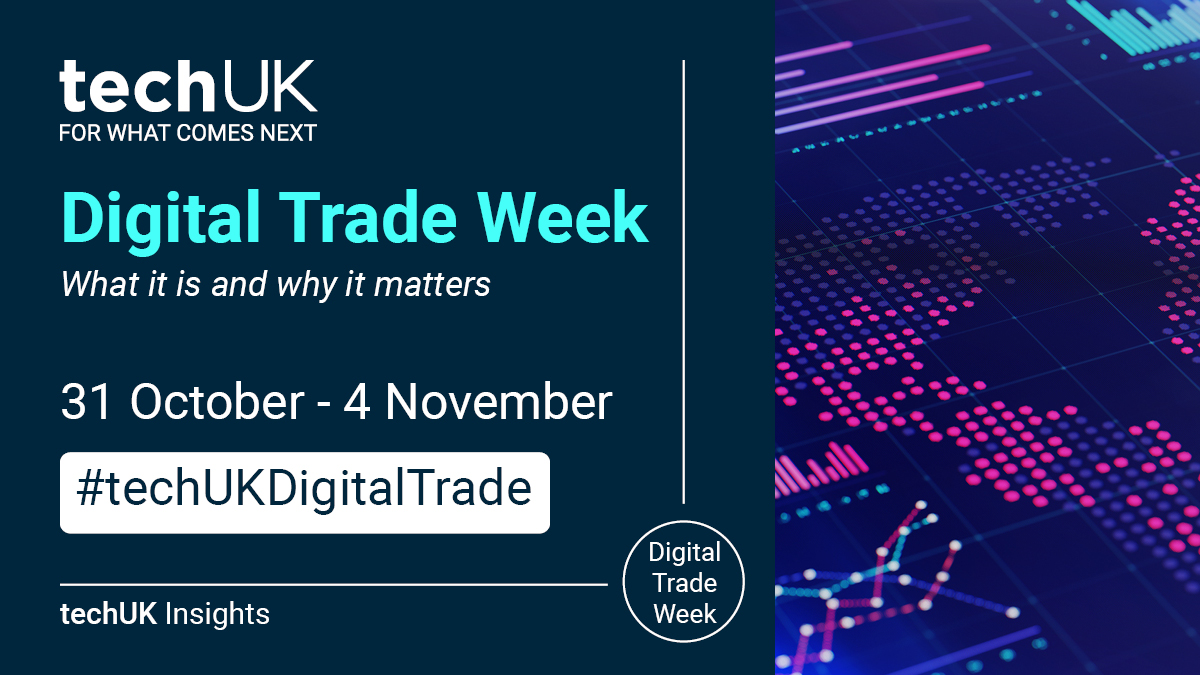From trust to truth - expanding supply chain visibility through a UK Single Trade Window

As a neutral actor in commercial supply chains, and a key source of trade data, the role of Government in creating supply chain visibility cannot be underestimated.
In cross-border trade today, supply chain data is often siloed with no one party having access to all the relevant data. Commercial data platforms have stepped in that connect data across supply chains, but while their use has become more widespread they are usually confined to a specific mode of transport or use case. The introduction of a UK Government Single Trade Window (STW) provides the opportunity to expand supply chain visibility for all –benefitting both HMRC and other relevant government departments, as well as traders and their ecosystem partners. It’s currently a complex environment, but – underpinned by technology – the ambition set out in the Government’s 2025 UK Border Strategy is within reach, which creates a huge value-creation opportunity for UK Plc.
The benefits of greater supply chain visibility are clear. For trades, greater transparency about the movement of goods will contribute to process efficiency and supply chain resilience. For the UK Government, the ability to aggregate supply chain data and apply intelligent analytics means that relevant departments can share insights and recommendations to traders, and government services can be tailored to specific segments of traders through the STW. Such insights could range from border lead-times and expected bottlenecks to sector-specific trade volumes and cargo movements, which would help traders to plan shipments more accurately. In addition, better visibility of supply chains will move risk assessment further upstream, allowing traders to address certain issues or concerns ahead of time.
When it comes to providing full supply chain visibility, the Cabinet Office is currently running ‘ecosystem of trust’ pilots. Segmenting traders based on how trustworthy they are is a great starting point. The segmentation model could be based on how a trader moves from “trust to truth”, something we explore further in our Future Borders 2030 report. At the top tier – the gold level – would be regular, fully-compliant traders who provide end-to-end visibility of their supply chain. And traders can move through the segments, creating an opportunity for the UK’s approach to trade to transition from a risk-based approach to an approach based on trust, where a trader will be inspected fewer times for providing more data. This compliance-based model is not only more attractive for traders, but government departments will also benefit because they will receive better quality data from the trader.
The approach is not without challenges though. Commercial supply chain data platforms are for example, rarely interoperable. However, the UK Government STW can play an important role in addressing interoperability issues as well as navigating commercial interests of supply chain data platforms and ensuring end-to-end supply chain visibility across use cases. Segmenting traders based on trust and providing relevant services through the STW based on tiering is both mutually beneficial for traders and Government alike. It will unlock previously siloed data, boosting resilience and enabling the UK able to respond with greater agility to major events and changing trends.



